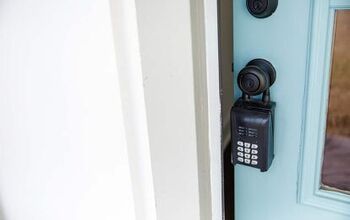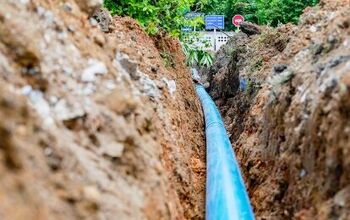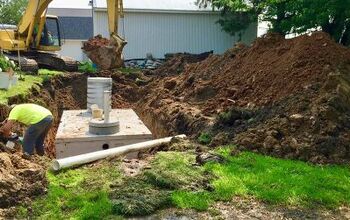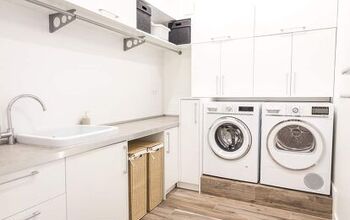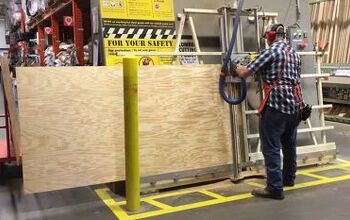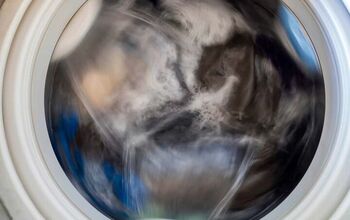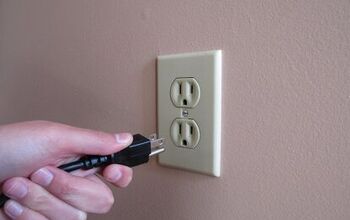How To Clean A Self-Cleaning Litter Box

A self-cleaning litter box has a somewhat misleading name. While it shifts through soiled litter as needed, you must still clean the litter box to keep your cats safe and happy. Understandably, you may struggle with how to clean a self-cleaning litter box.
Turn off and unplug the self-cleaning litter box, then remove the top, rake arm, and litter tray. Carefully clean the rake and litter tray with warm water and use compressed air to remove stuck litter. Next, clean the sensors with isopropyl alcohol, dry all the components and reassemble the automatic litter box.
Avoid using harsh chemicals, as they can harm your cat and even damage the self-cleaning litter box. Never put the box back together until you are sure it is dry. Follow along as we explore how to clean a self-cleaning litter box.
How To Clean An Automatic Cat Litter Box
1. Disconnect The Power
You can’t safely clean a self-cleaning litter box if it’s connected to power. First, locate the control panel and press the “power” button. The location varies between units, so check the instructions if you can’t find the control panel.
Next, remove the plug from the wall to ensure no power flows through the unit. Disconnect the power when you know your cat won’t need the box for the next 10-15 minutes. That way, there’s little chance that your cat will have an accident while you clean the box.
2. Take The Box Apart
Now, you must take the box apart to ensure you can thoroughly clean it. Start by removing the unit's top and setting it to the side. Ensure the rake arm is located near the back of the unit and adjust it if it isn’t.
Many self-cleaning litter boxes have buttons you can press to remove the litter drawer. Locate the buttons, press them, and carefully slide the box out of place. Keep the top of the box and the litter drawer nearby, as you will need to deep clean them.
3. Clean The Rake Arm
The rake arm is an important part of any self-cleaning litter box. That said, the rake can get quite dirty as it continually sifts through litter when your cat uses the box. Release the thumb screws to remove the rake and thoroughly scrub it with a washcloth or sponge soaked in warm water.
Some people use mild dish soap to clean the rake. However, you should only do this if you’re confident you can remove any residue. Never use harsh soaps and cleaning chemicals like bleach, as they can leave dangerous residues behind.
You may need to use compressed air to dislodge stubborn litter that’s stuck in the rake arm. Pat the rake dry with a towel before moving on to the next step.
4. Scrub The Litter Tray
You must dump out the litter before you can clean the litter tray. Dump the remaining litter in a trash bag or can, so you can easily scrub it. Use a litter scooper to dislodge stubborn pieces that stick to the bottom and sides of the tray.
Mix mild dish soap with warm water in a bucket or bottle. Soak a rag or sponge in the solution and carefully scrub the tray. You can also use a little bit of white vinegar if you have stubborn stains and odors in the litter tray.
However, you must not overdo it, as the last thing you want is leave a residue behind. Dump the remaining soapy water out into the sink when you’re done. Finally, thoroughly rinse the tray with warm water until no residue remains. Dry the tray by hand or leave it out in the sunlight as needed.
5. Clean The Top Cover
Depending on the automatic litter box you have, cleaning the top cover may be necessary. It ultimately depends on whether or not the cover has exposed wires and buttons. If so, you should only clean the cover with sanitary wipes to avoid soaking it.
Otherwise, you can clean the cover using the same steps you took to clean the litter tray. You won’t likely need to scrub it as thoroughly, as the cover doesn’t come into contact with litter as often. Dry the cover before moving on to the next step.
6. Wipe The Sensors Down
Self-cleaning litter boxes have several sensors, often 6 of them, that detect when a cat is using the box. The sensors are prone to getting quite dirty, and that can cause your automatic litter box to stop working. Cleaning the sensors is essential, but it requires more caution than the other components.
Your best bet is to use isopropyl alcohol to clean the sensors. Isopropyl alcohol, better known as rubbing alcohol, can remove bacteria and stains, and it evaporates quickly. This is the best option to clean the sensors, as you don’t have to soak and damage them.
Pour or spray a small amount of rubbing alcohol onto a cloth, and gently wash the sensors one by one. Use the highest-strength rubbing alcohol possible, which will evaporate the fastest. Wait until the sensors are dry to move on.
7. Spray The Rake
It may seem unorthodox, but you can use non-stick cooking spray to help keep the rake arm clean. This helps reduce the amount of litter sticking to the rake arm. However, you must spray the rake before you put it back into the box.
Otherwise, you risk getting the spray inside the litter tray itself. That is the last thing you want as litter will clump less than it should, and it’ll be hard to clean.
8. Put The Box Back Together
Check to make sure all the components are dry before you put the box back together. Turn the litter tray upside down and inspect it to make sure water doesn’t drip down. Next, put the tray back in the box and reinstall the litter rake.
Depress the buttons and place the lid back on the unit to secure it. Pull on the top as tight as possible. The process may seem intensive, but it goes by quickly once you get used to it.
How Often Should You Clean A Self-Cleaning Litter Box?
You should at least dump out the soiled litter in your self-cleaning litter box once per week. However, it’s recommended that you deep clean your automatic litter box monthly. If not, the unit will quickly become stained and foul odors will persist.
Failing to clean your automatic litter box regularly can negatively affect your cat. Not only is it unhealthy for them to use a filthy box, but it can also make them unhappy. This may lead to accidents in your home, and that’s the last thing you want.
Summing It Up
You must remove the litter tray, top cover, and rake arm before cleaning your automatic litter box. Scrub the litter tray with warm water, or you can use mild dish soap and water. Repeat the process with the rake and use compressed air to remove litter that is stuck inside the arm. Thoroughly dry the components before you reassemble the box.
Related Guides:

Nick Durante is a professional writer with a primary focus on home improvement. When he is not writing about home improvement or taking on projects around the house, he likes to read and create art. He is always looking towards the newest trends in home improvement.
More by Nick Durante

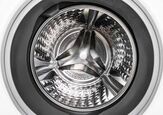
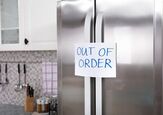









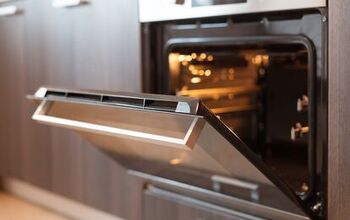


![Cost To Drill A Well [Pricing Per Foot & Cost By State]](https://cdn-fastly.upgradedhome.com/media/2023/07/31/9074980/cost-to-drill-a-well-pricing-per-foot-cost-by-state.jpg?size=350x220)

